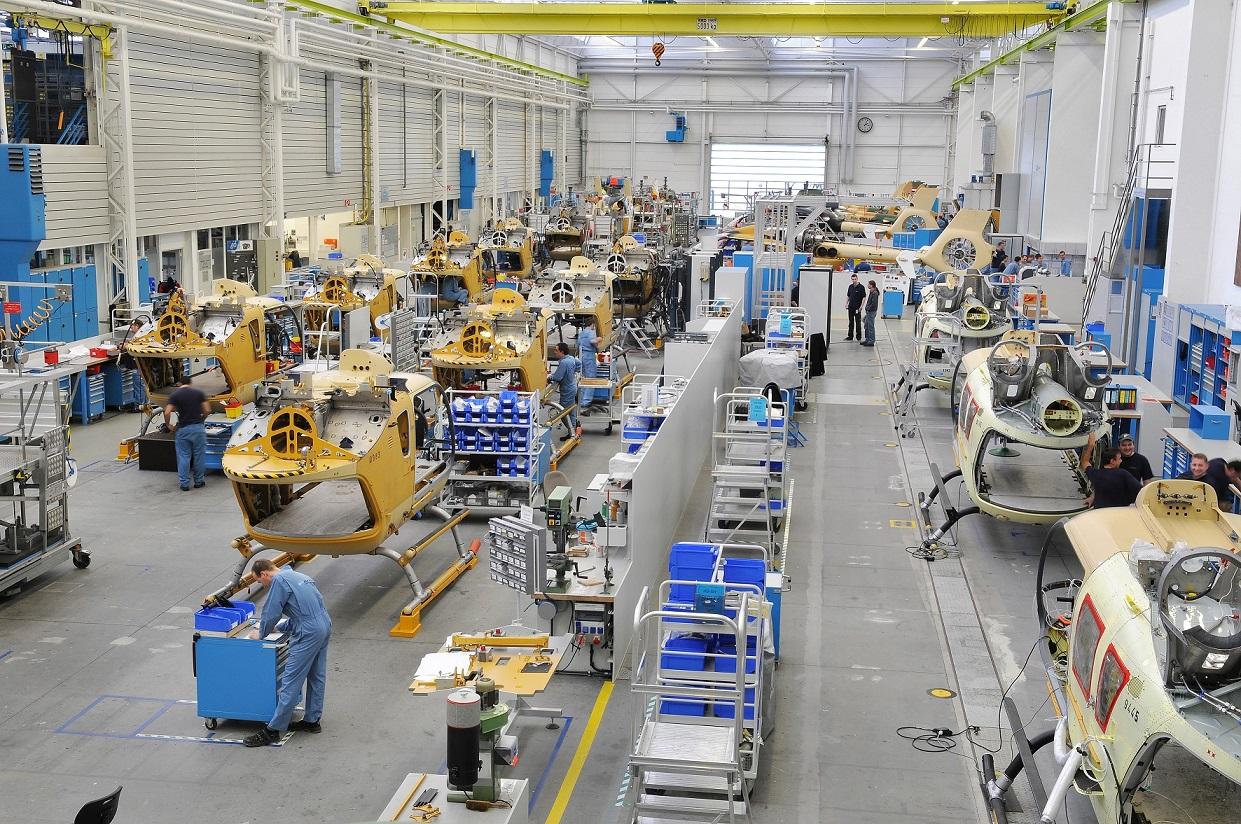The modern assembly line is one of the most efficient ways to produce goods in large quantities. But it wasn't always this way. In the early 20th century, assembly lines were slow and labor-intensive. Workers had to physically move materials from one station to another, which led to slow production and high costs.

Today, the assembly line has been revolutionized by conveyor belts. These automated systems move materials and products along a production line with speed and precision, making it possible to produce goods at a much faster rate and lower cost. In this blog post, we'll explore how conveyor belts have transformed the manufacturing industry and the benefits they bring to businesses.
What is an Assembly Line?
An assembly line is a production process in which each worker performs a specific task repeatedly on a product as it moves along a conveyor belt or other automated system. The overall production process is divided into several stages, each of which is designed to add value to the final product.
For example, a car assembly line will have workers performing tasks like welding, painting, and installing parts such as engines and wheels. Each worker performs the same task repeatedly, and the product moves along a conveyor belt to the next station.
How Conveyor Belts Work in an Assembly Line
Conveyor belts are the backbone of modern assembly lines. They transport materials and products from one station to another, moving them along a predetermined path. Conveyor belts consist of a belt made of rubber or other materials that are moved by an electric motor.
The belt is supported by a series of rollers or other devices that reduce friction and ensure smooth movement. In some cases, the belt may also have attachments that allow it to grip and move products more efficiently.
Benefits of Conveyor Belt Systems
Conveyor belts offer several advantages over other methods of material handling. For instance:
1. They Are Efficient
Conveyor belts can move materials and products at a speed of up to 1,000 feet per minute or more. This means they can transport massive amounts of material in a short time, making them ideal for high-volume production environments.
2. They Save Labor Costs
Conveyor belts enable workers to focus on specific tasks while the belts move materials from one station to another. This reduces the need for manual labor, which can save businesses money on labor costs.
3. They Reduce Material Handling
Conveyor belts eliminate the need for workers to manually move materials from one station to another. This reduces the risk of material damage, making it easier to maintain quality control.
4. They Improve Safety
Conveyor belts can be designed with safety features that prevent accidents and injuries. For example, sensors can detect when a worker is too close to the conveyor belt and automatically shut it down.
5. They Increase Productivity
Conveyor belts make it possible to produce goods at a higher rate than traditional methods. This means businesses can meet customer demands more quickly and efficiently, increasing overall productivity.
Conclusion
Assembly lines are an essential part of modern manufacturing, and conveyor belts play a critical role in their success. These automated systems have revolutionized the way materials and products are transported, making it possible to produce goods at a faster rate and lower cost. The benefits of conveyor belts make them a worthwhile investment for any business looking to improve its production process.